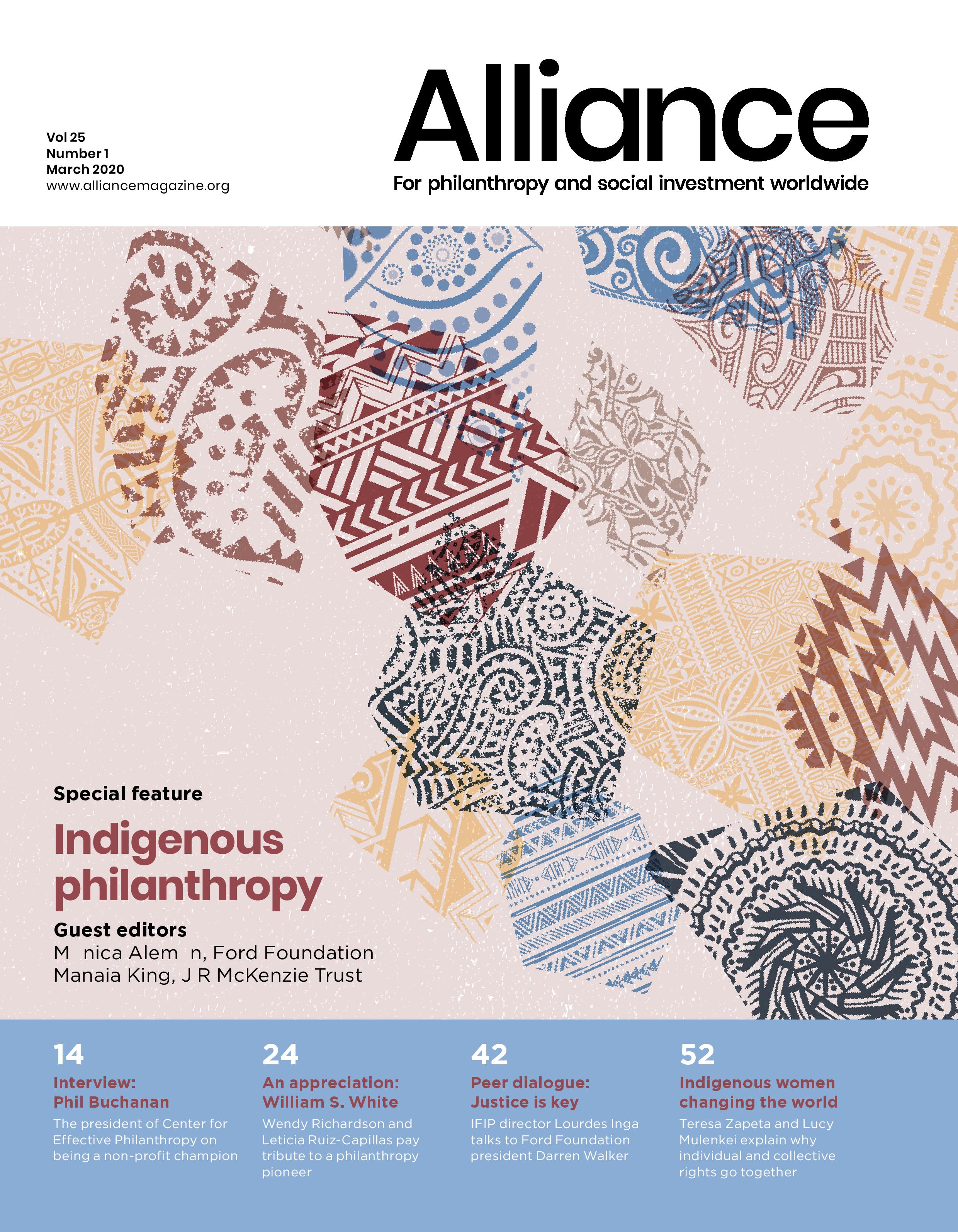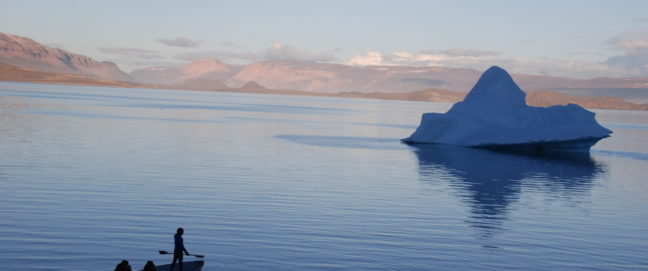The best way philanthropy can support Indigenous Peoples is by backing the continuum of leadership between, within and across communities
A few months ago, I found myself in the middle of the rainforest in Borneo. We had been invited by the Dayak Ibanic community of Sui Utik[1] in West Kalimantan who are protecting their territory from logging and the encroachment of oil-palm plantations. This is no small feat. Borneo is ground zero for oil-palm devastation. Nowhere else in the world has more native rainforest been destroyed. We were travelling as part of a learning exchange which brought together 25 Indigenous youth from 14 countries, hosted by the Pawanka Fund. Pawanka, an Indigenous-led grantmaker, has built its model on Indigenous worldviews. Exchanges are not only designed to be experiential, support capacity and strengthen leadership but, importantly, to build solidarity.
Once in the forest, the rhythm of community began to hum: some went to the river to swim, others sat sorting forest greens, laundry was hung, cups of sugary coffee appeared, rumours began about what we might have for dinner. One group, we heard, had gone in search of boar, another deer. I settled on the steps and watched the forest change colour in the light. One of our hosts came and sat with me. ‘It’s amazing how there are no mosquitos,’ I remarked. She pointed to the rafters which held offerings. ‘Mantras (prayers),’ she replied. ‘Mantras.’
Today, AMAN represents 2,366 member communities (19 million people). Its roots lie in the 1980s as an activist group and it has evolved as a social, economic and political force in Indonesia.

Dr Myrna Cunningham of the Pawanka Fund relaxes in Sui Utik long-house. Photo: China Ching
As the night settled in (our deer hunters were victorious), we began playing a game. ‘Everyone who works on their Indigenous language, come to the centre of the room.’ Ninety per cent of those present moved to the middle and the group erupted in cheers, aglow with the light of recognition.
The game continued, working through (and celebrating) all the ways we each serve. Often, when visitors come to a community, they are heralded as ‘experts’ but the purpose of this night was to highlight the expertise and power that was shared among the group. Understandably, as we moved from community-level change to national and international advocacy, the number of people in the centre began to reduce. By the time we got to the last question: ‘Who is an Indigenous person leading a non-Indigenous organisation that supports our people?’, I was the only one in the centre. Of course, the question was partly designed for me. I am used to this position of being one end of the arch. I looked to the rafters and thought, ‘mantras’.
The power of community work is not its uniqueness or its isolation and, the value of national and international work is not its scale. It’s the relationships between these parts, how they inform and serve communities.
Following the exchange, the group travelled back to Jakarta. We were celebrating the 20th anniversary of the Alliance of Indigenous Peoples of the Archipelago (AMAN), the largest Indigenous Peoples’ organisation in the world. Today, AMAN represents 2,366 member communities (19 million people). Its roots lie in the 1980s as an activist group and it has evolved as a social, economic and political force in Indonesia. It was instrumental in the historic 2013 Constitutional Court ruling that contributed to the recognition of customary forests (and subsequent law). Of course, AMAN’s path has not been easy. Mothers and fathers of the movement, some now in their 80s, spoke and former youth activists, now leaders of national organisations and members of government, talked about how their work and strategy had evolved over time. They spoke of success. And failure. Of the arch of leadership. AMAN’s secretary general, Rukka Sombolinggi, who had travelled with the group to Sui Utik, held back tears in front of the crowd of several thousand as she reflected on how the dream of her parents (two of the founders of AMAN, who have since passed) had still not been realised. How violence against Indigenous Peoples hadn’t ceased or even lessened. Yet, we are still here. We persist.
I am often asked, ‘what is the most effective strategy for philanthropy to support Indigenous Peoples?’. Being in Indonesia, I could see how our movement has not only grown but transformed on a local (Sui Utik), national (AMAN) and international (Pawanka) level. The power of community work is not its uniqueness or its isolation and, the value of national and international work is not its scale. It’s the relationships between these parts, how they inform and serve communities. The way philanthropy can best serve is to partner, to see itself as part of the arch of leadership and to support the continuum of Indigenous leadership that vibrated in the long-house in Sui Utik. The mantras have already been offered.
China Ching (Native Hawaiian) is director of grantmaking at the Christensen Fund.
Email: china@christensenfund.org
Twitter: @christensenfund
Footnotes
- ^ Sui Utik received the 2019 Kalpataru Prize which is Indonesia’s national environment award and are also recipients of the 2019 Equator Prize, awarded by the United Nations Development Programme to recognise community efforts to reduce poverty through the conservation and sustainable use of biodiversity.







Comments (0)